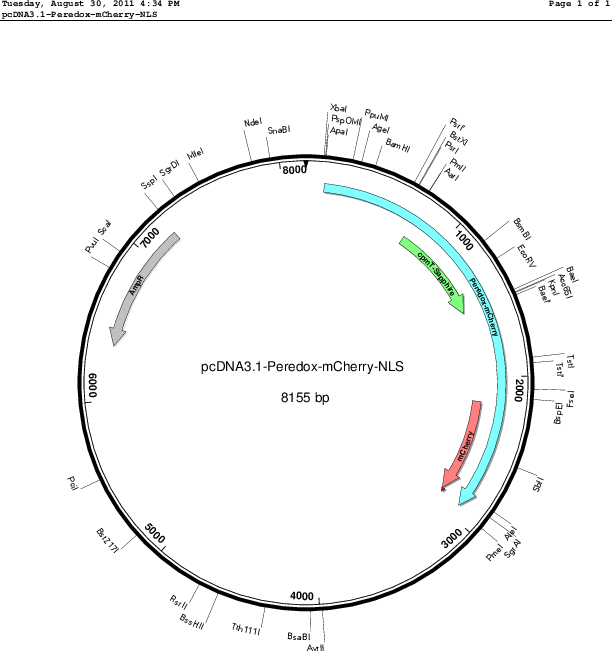

(G) PDMS Constriction microchannels design. (F) Immunofluorescence of acetylated alpha-tubulin (AcK40) reveals CLASP1-depleted cells in collagen I hydrogels lose microtubule acetylation. (E) 3D migration speed of control and CLASP1-depleted cells embedded in Collagen I. Representative time-lapse of control (non-targeting shRNA) and CLASP1-depleted nuclear labeled (mCherry-H2B) 1205Lu cells navigating 3D collagen I hydrogels. (D) CLASP1 depletion causes cell death during 3D migration. (C) Sub-apical and equatorial Z sections of cell in B. (B) Microtubule organization (eGFP-α-tubulin) during constriction (purple arrowheads). LSFM volumetric imaging reveals microtubule dynamics as cells squeeze between matrix fibers. ( A) 1205Lu cells endogenously expressing eGFP-α-tubulin migrating through reticulated 3D collagen I hydrogel. A CLASP1-dependent dynamic microtubule cage is required for cell migration in complex 3D environments. Thus, we hypothesized that the maintenance of this highly curved cage-like structure may require mechanical reinforcement through dynamic repair mechanisms.įig.1. Microtubules that exhibit high curvature are prone to lattice fractures and depolymerization ( 3). As the cell routed between reticulated collagen constrictions, the cage dynamically reorganized, the nucleus constantly repositioned and microtubules accumulated at points of cellular constriction ( Fig. We observed that microtubules in these conditions were organized in a highly curved and dynamic cage-like structure enclosing the nucleus and lining the cell cortex Fig. To understand microtubule organization and function in various 3D environments, we applied Light Sheet Fluorescence Microscopy (LSFM) ( 8) and volumetrically imaged endogenously tagged microtubules (α-tubulin-eGFP) in a highly migratory cell line, 1205Lu melanoma cells, embedded deep in reticulated collagen hydrogels ( Fig. How the mechanochemical tuning of microtubule properties is locally regulated to drive cell motility in 3D environments is not well understood. Thus, localized mechanoreponsive tuning mechanisms are necessary to ensure that microtubules are repaired and reinforced in areas of high mechanical load This facilitates both positioning and protection of organelles, as well as spatiotemporal regulation of the microtubule-contractility axis that controls migration. Microtubules also sequester key upstream actomyosin regulatory factors ( 7), to ensure appropriate timing of release and activation of contractile forces to facilitate cell shape changes and movement. Mechanical forces are transmitted across the microtubule lattice, effectively communicating the biophysical forces of the surroundings to intracellular structures physically linked to microtubules-including the nucleus ( 5, 6). Repaired polymers are more resistant to bending-induced breakage-resulting in longer lived, more stable microtubules. Microtubules are mechano-adaptive structures-exhibiting self-repair behaviors ( 4) by modifying the physical properties of polymers through the local incorporation of GTP tubulin dimers at damage sites.

Confinement restrains cell shape, crowding microtubule organization and inducing high curvature of polymers that physically damages the microtubule lattice ( 3). Microtubules are required for cell migration through mechanically confined 3D environments ( 1) – yet the reason for this remains unknown ( 2). Importantly, movement in 3D settings not only requires active force generation but active force resistance.

Cells navigating 3D environments experience variable physical forces and respond by modulating their behavior and shape to exert forces on the surrounding microenvironment. Cells exist in highly crowded 3D environments where they need to migrate under physical confinement.


 0 kommentar(er)
0 kommentar(er)
